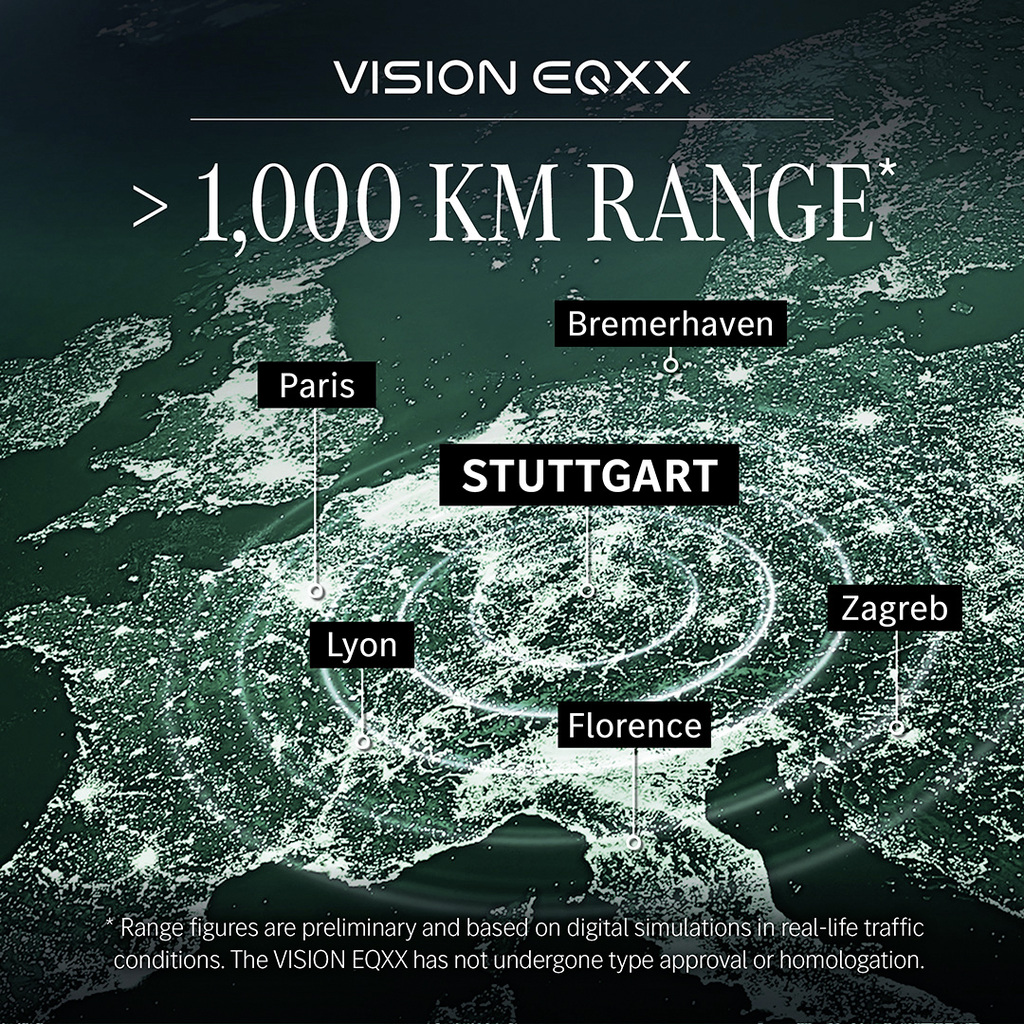When Carl Benz first patented the motorcar in 1887, it marked the beginning of a transport revolution. This spawned a variety of automotive brands, notably Ford, whose cutting edge mass production assembly line paved the way for automotive brands to follow. It wasn’t long before households owning more than one car quickly became the norm in many markets around the world.
135 years since the innovations of Carl Benz, the UK sits a mere eight years away from the ban of vehicles with internal combustion engines (ICE), meaning the government and automotive brands face the challenge of encouraging consumers to switch their gas guzzlers for electric alternatives. Other markets face similarly looming deadlines. Key to the success of this in 2022 is overcoming three key factors which are holding back uptake.
Range anxiety
Running out of charge has been a prominent and persistent deterrent to EV uptake as worries about EVs not being able to match the distance of ICE vehicles has discouraged potential buyers. In fact a recent study from Appinio shows that 42% of Brits believe battery life and range on current models aren’t suitable for everyday use. However, strides are being made to address this. Mercedes Benz recently announced a new electric model with 600-mile range at the start of the year and BMW also announced a new 367 mile range model, which could help to sway people who are on the fence about switching, showing consumers that they won’t need to worry about distance.
As there is such a gap in the EV market for brands to capitalise on—currently there is no obvious low-cost choice—it’s likely that 2022 will see brands competing to make flagship technological advancements. Major brands that are making advancements in the EV space will be looking to compete, which is to the overall benefit of the sector.

Visibility
As well as range, a key factor to EV uptake is visibility. If EVs and charging points are seen as a part of everyday life it triggers consumers’ selective attention and they start to notice them much more. A major component for brands to consider is the visibility-gap between geographic regions in the UK. A recent study from the Office of National Statistics shows that London has far more public charging points than anywhere else in the UK as there are 87 points per 100,000 people in the capital. That is almost double any other region in the UK.
Herein lies an opportunity for brands and the government to invest in infrastructure and target people outside of London in high footfall areas with high visibility signage to make EV zones more attention grabbing. As the attention of brands shifts ever-more towards EVs, it’s likely that they’ll become more relevant and visible.
Make it easy
We often underestimate the power of making something easy. As it stands, buying an ICE vehicle is so ingrained into consumer behaviours. We know exactly where to go to buy them, where to go should they need repairing and are aware of various makes and models.

For EVs to be less of a leap into the unknown for consumers, it’s important to improve the ease of information for potential buyers about the day-to-day intricacies of owning an EV. Prospective car-buyers span a large group of people across nearly all age demographics. Whether it’s a teenager getting behind the wheel of their first ever car, or an elderly person who has been driving for over 50 years, the government and automotive brands needs to adapt its messaging to ensure they’re accessible for people of all ages. This could mean targeting via social media, where younger people are more likely to be engaged, or more traditional methods like linear TV advertising to help convey that information around EV ownership to reach all people.
Although these factors are preventing many people from switching right now, there’s no denying that uptake is ramping up and the positive signs are that the EV market is improving. With all this industry momentum, it’s hardly surprising that EVs enjoyed a record year in 2021 in the UK, with more battery electric vehicles (BEV) being sold than the previous five years combined. With brands’ focus shifting ever-more towards their EV models, it’s likely that 2022 will be the year that many more decide to ditch gasoline and diesel for electric.
The opinions expressed here are those of the author and do not necessarily reflect the positions of Automotive World Ltd.
Will Hanmer-Lloyd is head of Behave and Strategy at Total Media
The Automotive World Comment column is open to automotive industry decision makers and influencers. If you would like to contribute a Comment article, please contact editorial@automotiveworld.com
